NOVA Air Scoop is an optimised air intake, which increases the internal wing pressure. NOVA's Air Scoop principle is similar to the ram-air inlet duct on a sports car: increased airflow produces higher pressure. Higher internal pressure in a paraglider means improved performance through increased structural stability and collapse resistance.
Very light but still durable: Light weight NOVA wings weigh little but are still robust enough to withstand the hard conditions of the mountains. The profiles are made out of durable cloth, so that this highly-stressed component does not deform - like it can with ultra-light material. This means we are able to guarantee consistent flying characteristics.
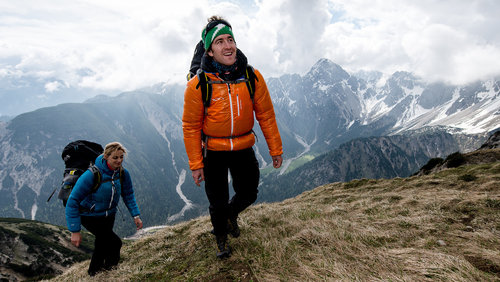
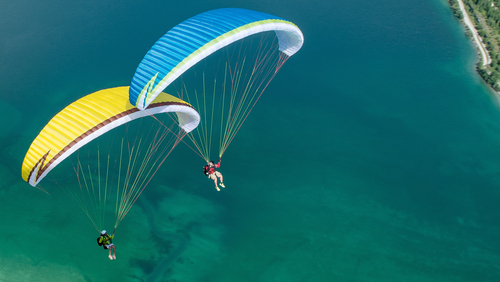
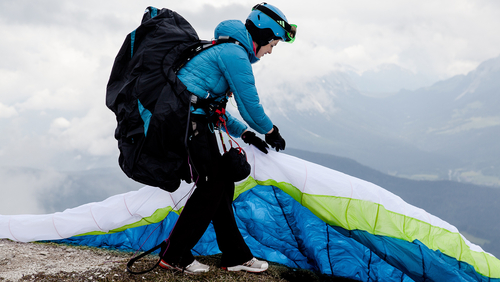
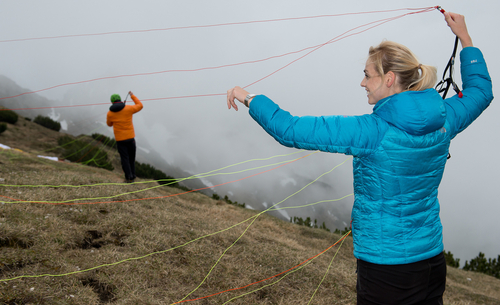
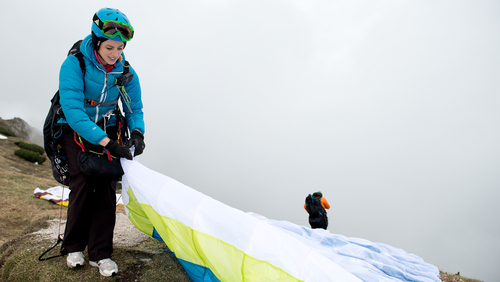


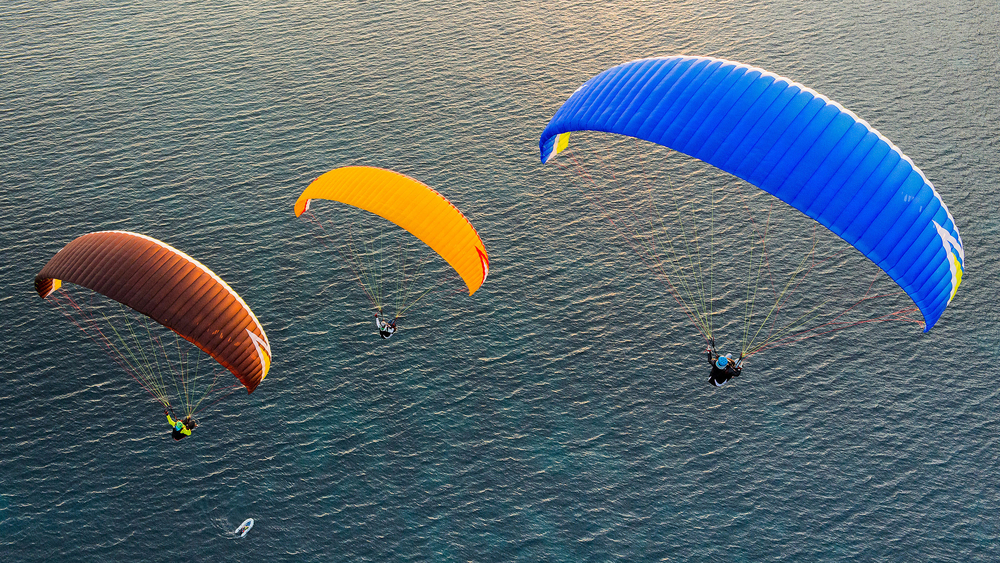
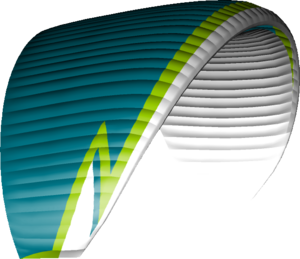 Petrol
Petrol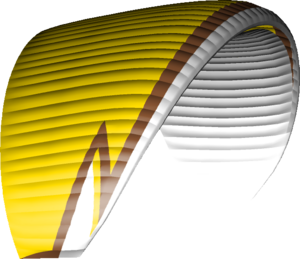 Yellow
Yellow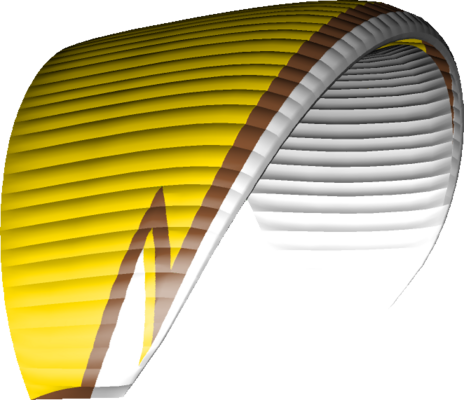









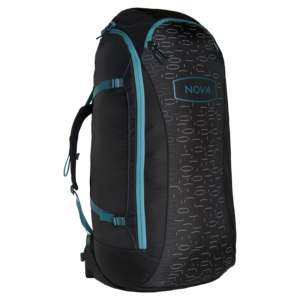 NOVA Rucksack.
NOVA Rucksack.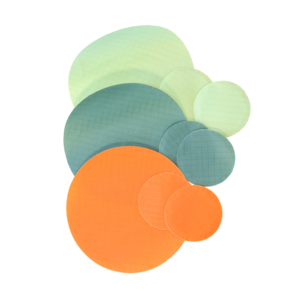 Repair kit.
Repair kit.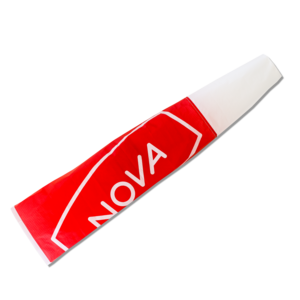 NOVA windsock.
NOVA windsock.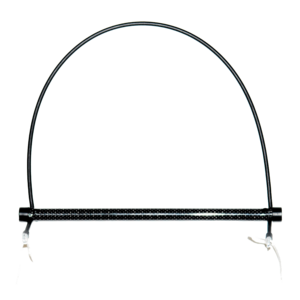 Speed system.
Speed system.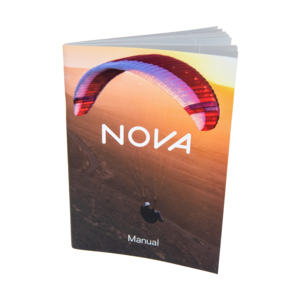 Manual.
Manual.